Whether you’re traveling across the world or taking a short drive to your next event, you need to consider how you plan to bring along all your equipment. Being prepared with travel-specific gear and accessories will make your life easier and your experience even more enjoyable. You’ll worry less about all the potential “what-if” scenarios, so you’ll be more relaxed.
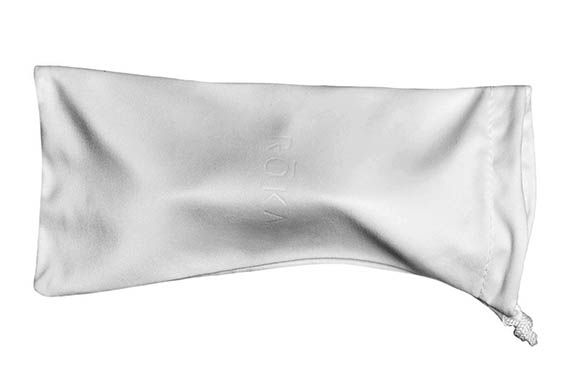
See Where You’re Going
It may sound inconsequential, but having a good case for your goggles is important when traveling. Scratched lenses can make the challenging task of sighting during an open water swim seem nearly impossible. Some brands of goggles, like Roka, come with a microfiber bag that doubles as a carrying pouch. Another option is to use a spare sunglasses case to stash your goggles. Remember to bring a backup pair as well—even if they are your indoor set—with non-tinted lenses just in case you experience a failure with your primary pair.
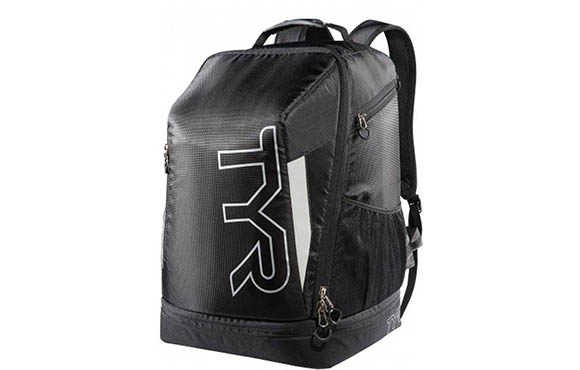
Keep Dry
If you plan to hop on a plane or drive for hours after an open water swim or triathlon and can’t set your wetsuit out to dry in the sun, you’ll want a way to keep it from getting everything else wet. The most inexpensive, travel-savvy option is using a basic plastic bag. But if you have more gear, consider a purpose-made transition bag with a built-in waterproof wetsuit pocket—like the TYR Apex Backpack. Another alternative, inspired by the surfing lifestyle, is a dedicated wetsuit bag that can also convert into a changing mat, like the Xterra Wetsuit Bag.
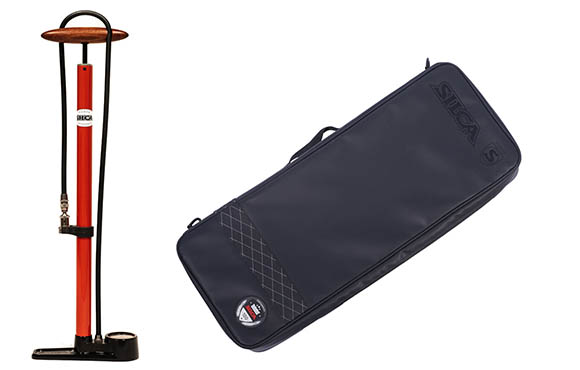
Pumped About Travel
Traveling with TSA-banned CO2 can be a no-go if you are flying, so it’s important to make sure you pack a pump on your trip. While the mini pumps that can clip to your bike may work for emergencies, you’ll want something more substantial to make sure your race wheels are inflated to race pressure. The best travel pumps are accurate, lightweight and compact, and don’t require hundreds of strokes to get your tires up to speed. Check out the Pro Bike Tools Mini Floor Bike Pump or the Lezyne NC Travel Pump. We also love the Silca Pista floor pump with optional travel case.
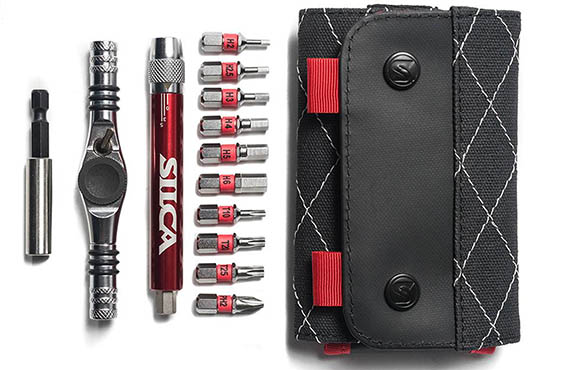
Travel Tools
Airlines restrict the length of tools that you can carry-on, plus no one wants to lug around a heavy box of equipment on their trip anyway. If need to do some disassembly on your bike to get it into a case, a multitool is lightweight and you can take it with you while you’re riding. A travel torque wrench could save you $100s—and prevent a lot of aggravation—by not shearing fasteners and bolts and ensuring that you won’t crush carbon or strip aluminum when reassembling your bike. A compact 15 mm cone wrench should do the trick to get your pedals off and back onto your bike’s crank with relative ease.
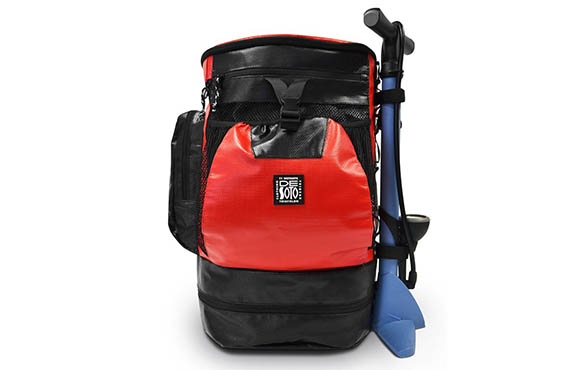
Keeping It All Together
A spacious transition bag may be your norm, but if your destination race requires air travel, space saving is key. To prevent damage, you don’t want to stow your bike helmet in checked luggage. Well-organized, compact transition bags such as the De Soto Sport Transition Pack V8* can be carried-on, stored as overhead luggage and give your trip both a smooth start and stress-free finish.
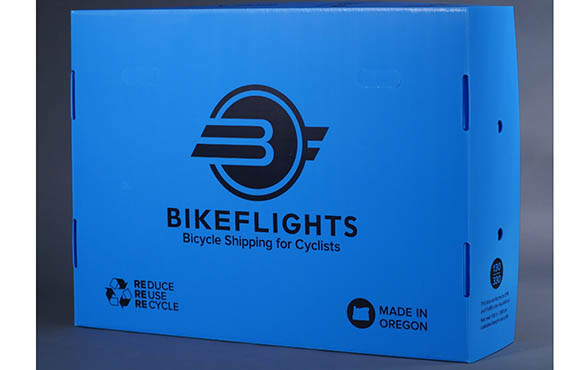
Traveling With Your Bike
Nothing is better than having your own bike with you on race day. But if you’ve ever tried to fly with a bike, you may have experienced one of the greatest—and most frustrating—tri-life-challenges. Some athletes prefer to use services to get their bike to races instead of checking their bike as luggage. Bike Flights offers a do-it-yourself packing and boxing service, which allows for flexibility for nearly any travel. For international travel and for those who don’t want the hassle of disassembling and reassembling their bike multiples times, Tribike Transport can get your bike to and from an event. However, this service may require several weeks of lead time where you won’t have your bike for training and where you’ll be tasked with getting it to and from a partner bike shop.
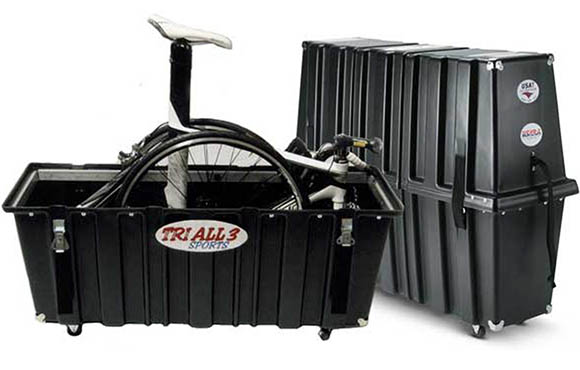
Shipping Your Bike
Keep in mind that a service like Bike Flights or shipping your bike via ground transport will require you to pack and unpack your bike. The safest way to move your bike safely is to use a hard case, like the B&W International Bike Box II. Some containers, like the BuxumBox Ventoux or the Tri-All-3-Sports Velo Safe, are spacious enough for you to stash a pump, a helmet, a wetsuit and race wheels, saving you from having to manage additional luggage.
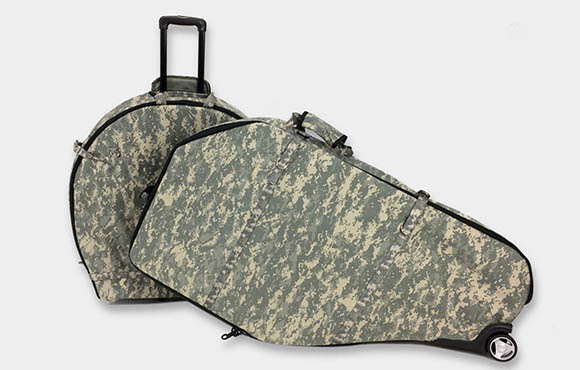
Flying Your Bike
If you want to bring your bike with you—and have it for the duration of your stay—we recommend a travel case. Travel bags—which are lighter than a hard case—may get through airline check-in without an additional baggage fee. If you are an avid traveler, the cost may be well worth it as long as you understand the inherent risk of putting your bike in a soft case. Bike bags, like those by Scion Bags are TSA-approved for travel. The Oru Airport Ninja Case or the Rüster Sports Armored Hen House Case may require more bike disassembly than using a hard case, but they are portable and make efficient travel options for your bike.

Wheel Bags
While some hard bike cases and travel bags may accommodate extra gear, there may be times when you want to bring an extra set of wheels. Wheel cases and bags are available for single wheels or wheelsets; some have padding, and others are lightweight and meant more for portability than protection. Some wheel manufacturers—like Zipp and Hed—offer wheel bags as an add-on accessory you can purchase. Or you can check out bike travel accessories and cases from Scicon for a larger selection with many different options.
READ THIS NEXT: 7 Must-Have Portable Travel Tools and Accessories
About the Author








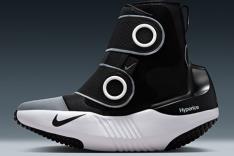
Discuss This Article